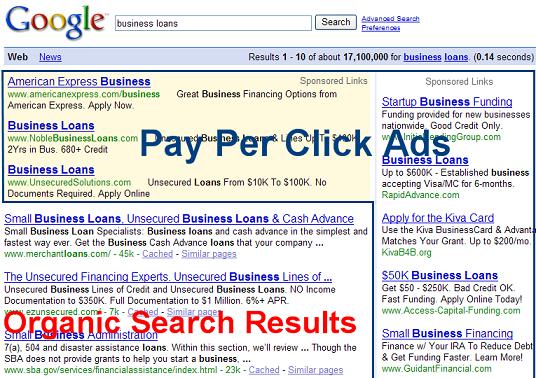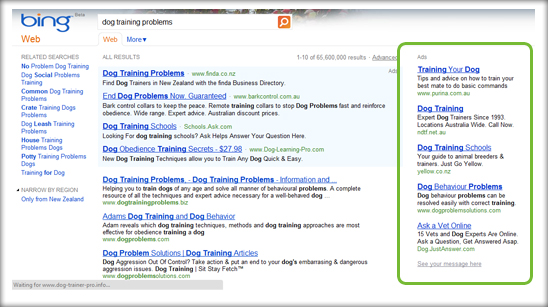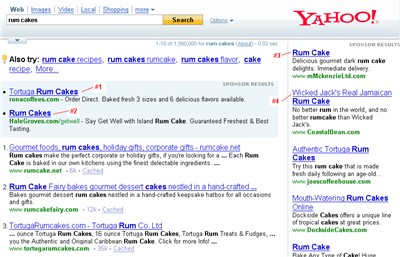A Pay Per Click (PPC) Campaign is a popular way for attracting targeted visitors to a web site and converting them into buyers. Here, an advertiser needs to make payments for the ads published online solely based on the qualifying clicks.
This means payments need to made only when a visitor clicks on the advertisement to visit the web site or the landing page.
1. Define a budget. Define a budget for your PPC campaign as here as an advertiser you will have to make payments on the basis of number of clicks.
2. Make a list of keywords. The most important requirement for the success of any Pay Per Click campaign is selection of the right keywords. Only with the appropriate keywords one can promote an online business successfully through a PPC campaign.
3. Finalize keywords. Select targeted keywords with the help of different keywords tools such as Google Keywords tool, Word-tracker etc. You can hire a specialist teams of PPC experts to get your work done in a professional way.
4. Bid on the right keywords. Start bidding on the keywords that properly describe your online business, products or services to get conversions and generate good ROI (Return on investment).
5. Use separate keywords for different ads if there are multiple keywords related to the PPC management project. This will ensure higher clicks and higher conversion rate as well.
6. Create an attention-grabbing headline for your campaign. Even if the keywords have good ranking you won’t get many visitors if your ad is not appealing.
7. Create attractive ad copies. For successful PPC campaigns, the ad copies must be attractive and appealing to encourage viewers to buy your product. In fact, a compelling ad copy is must for any successful PPC campaign.
8. Create landing pages. Create unique landing page with good call to action features so that the visitor gets to see the product or service directly that you want to sell online.
9. Never fool visitors. As far as PPC campaigns are concerned, always tell the truth about your business or services. If visitors come to your site and don’t find the things as promised in the ad copy, it will lead to negative publicity for your site. You will end up spending a lot of money which won’t fetch you conversions.
10. Optimize PPC campaign regularly. For any online business, priority must be given to higher conversion rate rather than higher click-through-rate (CTR). So, optimize the ad copies along with the landing pages on a regular basis. This will ensure better and higher conversion rate.
11. Use more PPC search engines. To ensure more visitors and better conversions, run the PPC ads on more than one PPC search engines. This way more people will get to see your ad copies which in turn will get you more qualified clicks.
12. Follow Rules. Make sure your campaign follows the search engine rules as it’s not going to work if it doesn’t follow the rules. Hence read the rules, know them and follow them.
13. Hire Experienced Professionals for the success of a PPC campaign and hire an experienced team of dedicated professionals and campaign managers working in reputed PPC advertising companies to launch and maintain PPC campaigns, effectively.
14. Make a PPC management team. The PPC management team must be well trained one so that they can critically analyze response to the ad copies and make required changes if necessary.
There are various testing methods and tools which help you to evaluate the efficacy and success rate of your campaign. The PPC management team must be well versed in all these methods and tools to make a success of your campaign.
15. Monitor your campaign closely. Remember, it is you who is spending all the money on the campaign. Hence, you must ensure high ROI from it.
Monitor the success rate of the campaign closely on a daily basis. Check the response to your ad copies periodically yourself to make sure your campaign is on target.
Contact Us: (For SEO & PPC Services)
Sushil Kumar Kushwaha ( PPC, SEO & SEM )
Email Us: sushilseoindia@gmail.com
Mobile Number: +91 8447571958





You must be logged in to post a comment.